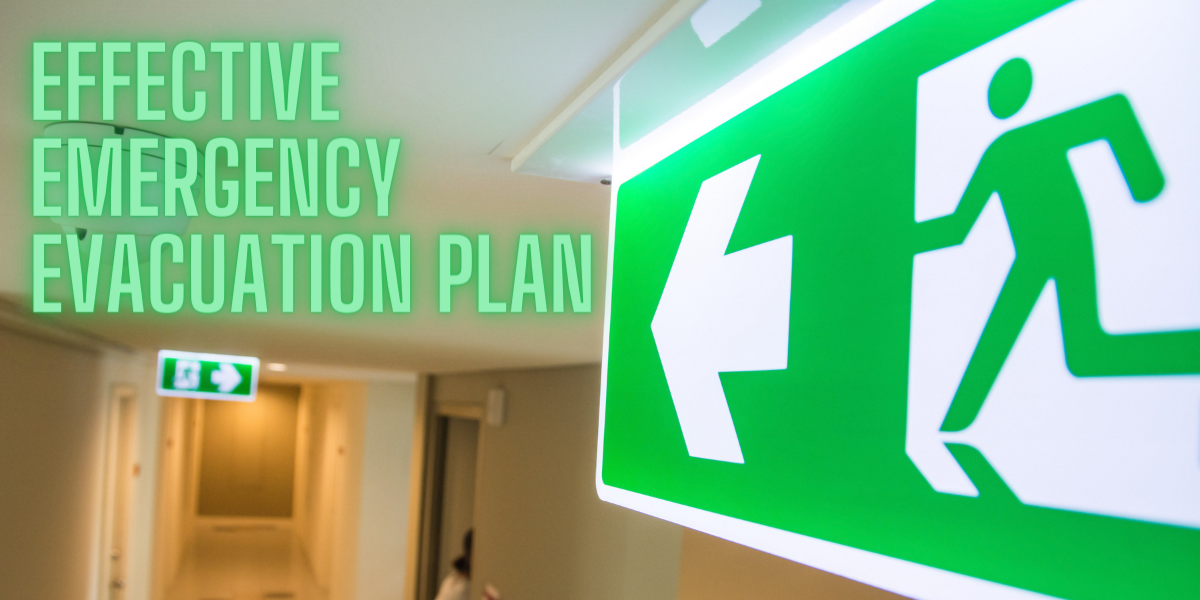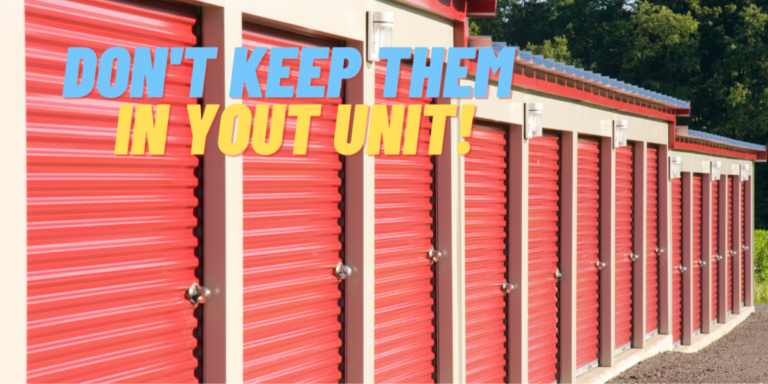Emergency Preparation: What You Need to Plan for an Effective Emergency Evacuation
Emergency preparation is the act of organizing yourself and your loved ones in preparation for disasters. Disaster can strike at any moment, but there’s no need to panic! There are numerous ways you can prepare for an inevitable emergency evacuation. We compiled an emergency evacuation checklist to guide you through an effective evacuation plan.
How to Prepare an Effective Evacuation Plan
It is highly stressful to be in the midst of an ongoing crisis. Generally, you should wait for at least half a year before making a crucial decision, such as moving after a disaster struck. There are instances when making a significant move before that time becomes unavoidable. You could be pressured to make an emergency evacuation. While these circumstances rarely happen in some areas, it is better to have an emergency preparation ready as a precaution.
It is understandable that you do not want to think the worst could happen in the event that you are forced to evacuate your home and leave most of your belongings unattended. What is even more worrying is having no idea what will happen after the crisis, whether you will still have a home to go back to, and if things will go back to the same way they used to be. To partially relieve yourself of some additional worries, familiarize yourself with this evacuation checklist.
Having preparation ready will aid you in focusing on important matters. It will help you endure the burden of leaving most of your belongings behind. Keep these tips in mind before, during, and even after an emergency.
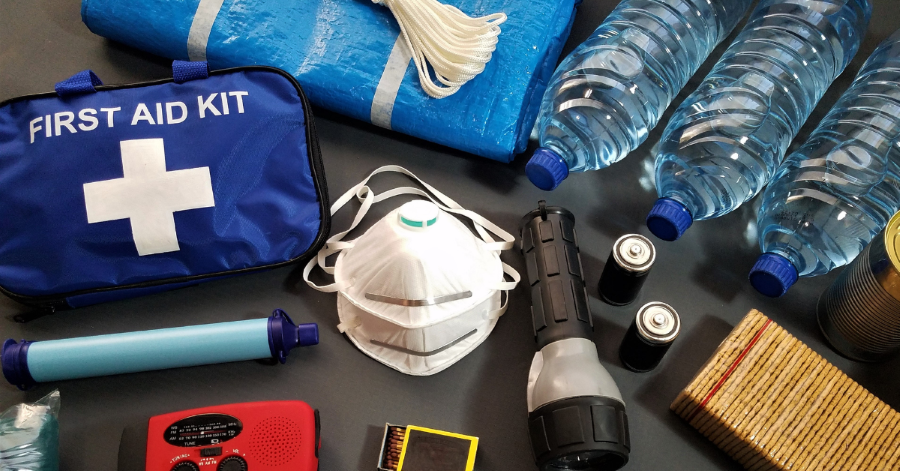
Before disaster strikes
It is best to start your emergency preparation before disaster strikes. So when the time comes, you are well prepared. Here are some instructions you should follow:
Make your home well-prepared for regular emergencies
Keeping your house clean and orderly will definitely make it easier to maintain order when an emergency occurs. Gather sufficient information about the area you are in so you will be well informed of the different possibilities and disasters that might affect you. Are you located in a known flood zone? Are earthquakes considered a common occurrence? Each catastrophe has a certain emergency preparation protocol. Here are some things to mull over when it comes to home protection:
Things you can prepare in advance:
- Get rid of dead or sick trees around your property.
- Have sandbags ready if you are situated in a flood zone.
- Keep your roof well maintained. Have it replaced every 10 to 20 years if possible.
- Have hurricane-grade windows and shutters installed.
- Prepare an effective evacuation plan in case a fire breaks out or a hurricane strikes. Make sure you know all possible routes you can take to escape. Knowing the ways is of extreme importance if you have children.
Know how to operate an emergency alert system
Sufficient know-how is an essential component of surviving an emergency. Familiarize yourself with local broadcast updates for calamities like hurricanes, tornadoes, and fires.
Most mobile services offer a Wireless Emergency Alert system for free. This feature will send notifications to your phone automatedly. However, this is uncertain since some old model phones or plans with small and lesser-known companies may not carry this innovation.
You may contact your provider to verify if you will be receiving these kinds of updates should there be an emergency. Ensure that you have a backup plan to keep your mobile phone charged for at least a couple of days so you can check in. You may also consider getting a hand-crank radio as an alternative.
Keep essential documents in one location
One of the most crucial things to secure is your proof of identity and other important emergency preparation. Should you require medical help, having at least your fundamental medical history will aid in getting you the proper care you need.
Prepare a document holder that is waterproof to keep your most important documents together.
Checklist of vital documents:
- Social security card
- Passport and driver’s license
- Homeowners, car, and health insurance documents
- A written summary of your medical conditions
- Medical history with information of any allergies
- Home deed
Emergency preparation kit
Assessing which items to bring with you is not something you should be wasting your time on in the midst of an evacuation. Take the time to prepare an emergency preparation kit.
Use as many clear plastic bags to hold the important things you want to include in your emergency preparation kit and put a label on them. This way, should an emergency occur, you can simply grab the kit and go. Knowing you have all the essentials with you will bring a bit of comfort to you in these troubling times.
If food is included in your kit, ensure that the containers will remain somewhere dry and cool. Remember to revisit your kit at least once a year to make sure nothing is past its expiration date and that your inventory is updated according to your family’s needs.
Checklist of essentials:
- First aid kit
- Canned food
- At least three gallons of water for each person
- Flashlight with extra batteries
- Wet wipes and extra plastic bags
- Medications, medical supplies
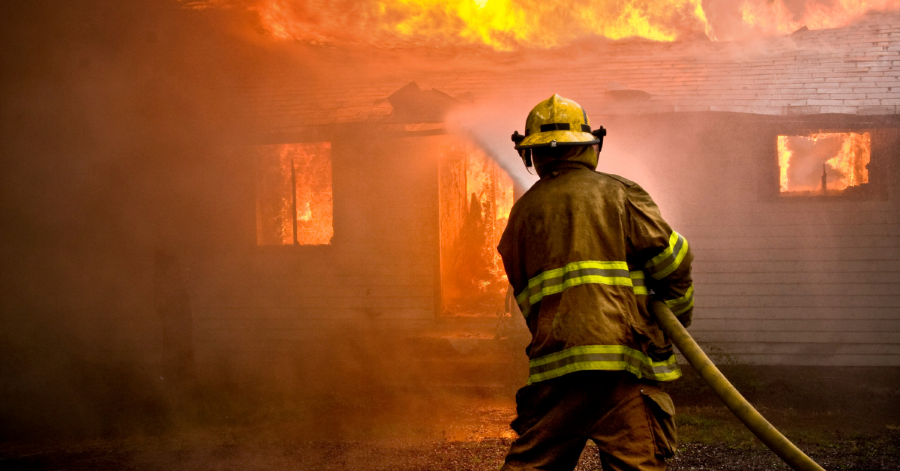
During a disaster
Here’s a list of helpful things to do during a disaster:
Evacuate immediately
Some catastrophes will give you ample time to react and decide your next steps. In case of a hurricane or a forest fire slowly nearing, you will have the opportunity to prepare some precautions. If your home is caught on fire, however, your course of action should be immediate. Do not try to save any of your belongings; you will only be putting your life in danger. Prepare a fire escape plan and once you are in the clear, call the emergency hotline.
Move any valuables first in case of flood
In case of flood, ensure that expensive furniture and electronics are off the ground. If you have a second or higher floor, move all your valuables up there temporarily. Never attempt to turn off power at the breaker box if you must stand in water to do so.
Temporarily shut down all utilities
Doing so will help avoid additional flooding from pipes breaking or fires from electrical issues and gas leaks. Once you return home, ensure that there is no gas leak before you light a candle.
The aftermath of a disaster
An unforeseen calamity can have long-term financial and emotional effects. These tips will help minimize the financial blow after a disaster:
Call your insurance company
Contact your insurance company and find out the extent of their coverage. Do broad research on organizations and associations that can provide aid and temporary accommodation.
Curb your expenses
Cancel all your subscriptions temporarily until you get back on your feet. Avoid spending money as much as possible.
Call your mortgage company
If you own your home, contact your lender and see if you can process a forbearance agreement. This contract will enable you to make partial to no payment on your mortgage for a set period of time. The accumulated difference will be made up for once you can start paying regular mortgage payments again.
Move somewhere more affordable
Think about moving somewhere more affordable to cut back on your monthly expenses and save more money if you are renting. You can also move in with a friend or get a roommate as an option.
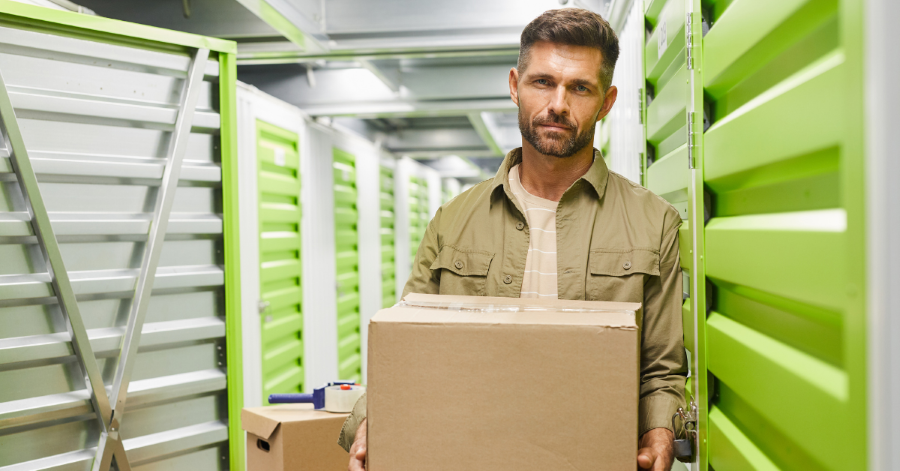
Use a storage facility
You may use a storage facility to temporarily house your belongings while trying to get back on your feet. If you need to move to a smaller house temporarily, you can sell some of the things you no longer need and rent a small storage unit to store your stuff in until you are ready to move back to a bigger abode.
What are the 5 Ps of evacuation?
Include supplies to help keep you and your family healthy, such as face coverings, hand sanitizer, and sanitizing wipes. Start with the five P’s; people and pet supplies, prescriptions, papers, personal needs, and priceless items.
What makes an emergency evacuation plan effective?
- Evacuate or shelter. Assess the emergency exit carefully and figure out if you need to evacuate or take shelter accordingly.
- Clearly mapped out evacuation procedures.
- Access to emergency preparation kit.
Where should people go in case of an emergency?
Here are some examples of locations to consider in case of an emergency:
- Workplace
- Vehicles
- School and daycare
- Places of worship
- Sports arenas and playing fields
- Entertainment locations such as theatres
- Shopping areas such as malls and retail centers
- Hospital
- The Clutter Hoarding Scale: Assessing the Severity of Your Problem - October 28, 2022
- Self-Storage Facilities FAQ – Answers to the most common questions about storage units - December 2, 2021
- Home Storage: The Perks and Hidden Risks of Storing Things at Home - November 11, 2021

